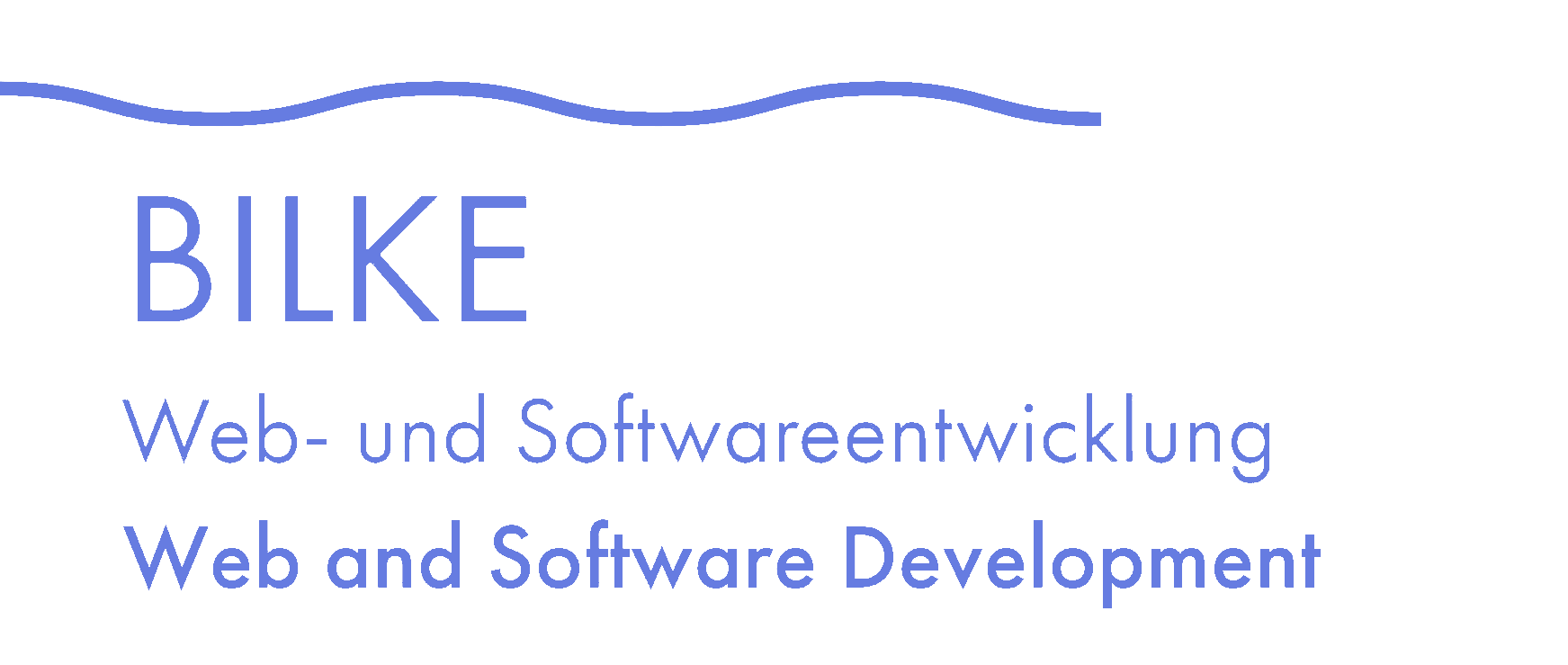Information technology
Important terms in information technology
Important terms in information technology:
“Informatics: roughly speaking, this term covers everything that has to do with computers. It was coined in 1957 by the German communications engineer Steinbuch and is by no means in common use; In the USA and England, for example, we don't talk about informatics, but rather about computer sciences or information sciences.
Message: it is a sequence of signs with the aim of communication; In terms of content, it consists of the information, i.e. what the message is supposed to say or its novelty value; physically, it consists of the signal, i.e. how the message is coded, for example.
Analogue technology: analogue signals are physically displayed continuously. The time course of electrical signals can, for example, be viewed continuously in a so-called oscilloscope. Most of nature's signals (sound waves and electromagnetic waves or continuous movements) are analog in nature. The analog accuracy that can be represented is often limited, but robust and visually memorable.
The pointer clock represents analogue, and the numbers are often omitted entirely. In media technology, the record or tape recorder (cassette) was based on analog technology.
Digital technology: the counterpart to analog technology, i.e. represented in discrete values in leaps and bounds. Digital signals form the basis for communication with the computer, they are easy to store, immune to interference and their accuracy can be very high to be driven. In media technology, signals are usually digitized, i.e. converted from analog to digital. All current devices for sound and image recording, playback and storage work digitally (e.g. CD, DVD, BlueRay). But don't fall into the dogma "analog is out - digital is in, forever", because, for example, optical signal processing (holography), which may come one day, is in principle analog in nature!
Binary: generally a representation of two states, usually formally characterized by the signals 0 and 1, written as a set . But using 0V and 5V, for example, would also be a binary representation. It is astonishing that all computer technology, despite all its complexity, is based exclusively on the use of such simple binary signals! The unit of measurement for binary states is called a bit (binary digit). The majority of bits are also called bits, not bits.
Unary: As a counterpart to binary, one could also imagine single-valued symbols, e.g. lines on a tally list. But then the 0 would be missing as the time interval between the lines, so to speak, so for most usable signals we need at least two values.
Boolean algebra: the English mathematician Boole set up a system based on set operations (average, union) in 1848, which was "rediscovered" over 100 years later (1956) by the information scientist Shannon as very suitable for calculating serial and parallel relay circuits. Boolean algebra is therefore also called switching algebra. (This is a wonderful example of the time value of mathematical principles!). Boolean algebra is based on binary symbols (1 = true, 0 = false).
Fuzzy: fuzzy means “fuzzy, blurry” and is also listed here as the counterpart to binary. Because in contrast to a two-valued set , an interval between 0 and 1 is considered, mathematically defined as [0,1]. Fuzzy logic can be understood as a continuous, analog logic that is, for example, 60% true and 40% untrue for a variable. It corresponds to the Asian Yin-Yang principle and was first technically exploited by Japanese engineers in the 1980s. Nowadays, fuzzy logic is part of artificial intelligence, a specialized area of advanced computer science.
Dual: in German, the term dual refers to a number system that is based on two symbols, i.e. on binary signals that have a significance. A dual number system only knows the two digits 0 and 1, so it is a so-called two-number system (just as a decimal system, i.e. a ten-number system, only knows the numbers 0 to 9, i.e. a total of ten digits). In English usage one usually only speaks of binary, even if dual is meant.
Data compression: Once you realize that the data rate of a CD is exceptionally high, namely 1.4 megabits per second, it immediately becomes clear that a lower data rate would be very desirable, e.g an online broadcast. There are a number of tricks for audio and image information, namely coding, with which the data rate can be reduced significantly, for example by a factor of 10, without data loss occurring. The original signal can be regenerated again (lossless compression). If a certain loss of quality can be tolerated, lossy compression can be carried out. Such compression is, for example, the well-known MP3 process, which very cleverly incorporates the psychoacoustics of the ear (hearing curve).
Fourier transformation: Conversion of the signal representation from the time domain to the frequency domain (spectrum) and vice versa. In this way you get additional information that you can use, among other things, for data compression; This primarily concerns signals from media technology (image and sound).
Redundancy: Pseudo-information that you don't actually need, such as the endings of certain verbs (e.g. -en) that always have the same sound in our language. With data, redundancy (i.e. a few extra bits) can be intentionally added for error detection and correction. The CD, for example, uses 3-fold redundancy.” [1]
“Difference between analogue and digital
An illustration of the terms “analog” and “digital” can be found in the following image. The signals are analog at the top left, the signals are digital at the bottom right; As you can see, there are transitional forms. analog - digital
The amplitude and time scale of signals can be continuous or discrete
Pure analog signals, as shown above left, must be converted into digital signals for further processing by the computer, as shown below right. Intermediate forms of digitalization represent the processes of grading (discrete value
- below) as well as the clocking (right). The analog signal of a tape recorder would correspond to the representation at the top left, while the CD has both a discrete sampling frequency (44.1 kHz) and a discrete quantization (16 bit), which
would correspond to the illustration at the bottom right.” [1]
[1] Introduction to computer science, //vfhein.oncampus.de, as of January 14, 2019 1:19 p.m


